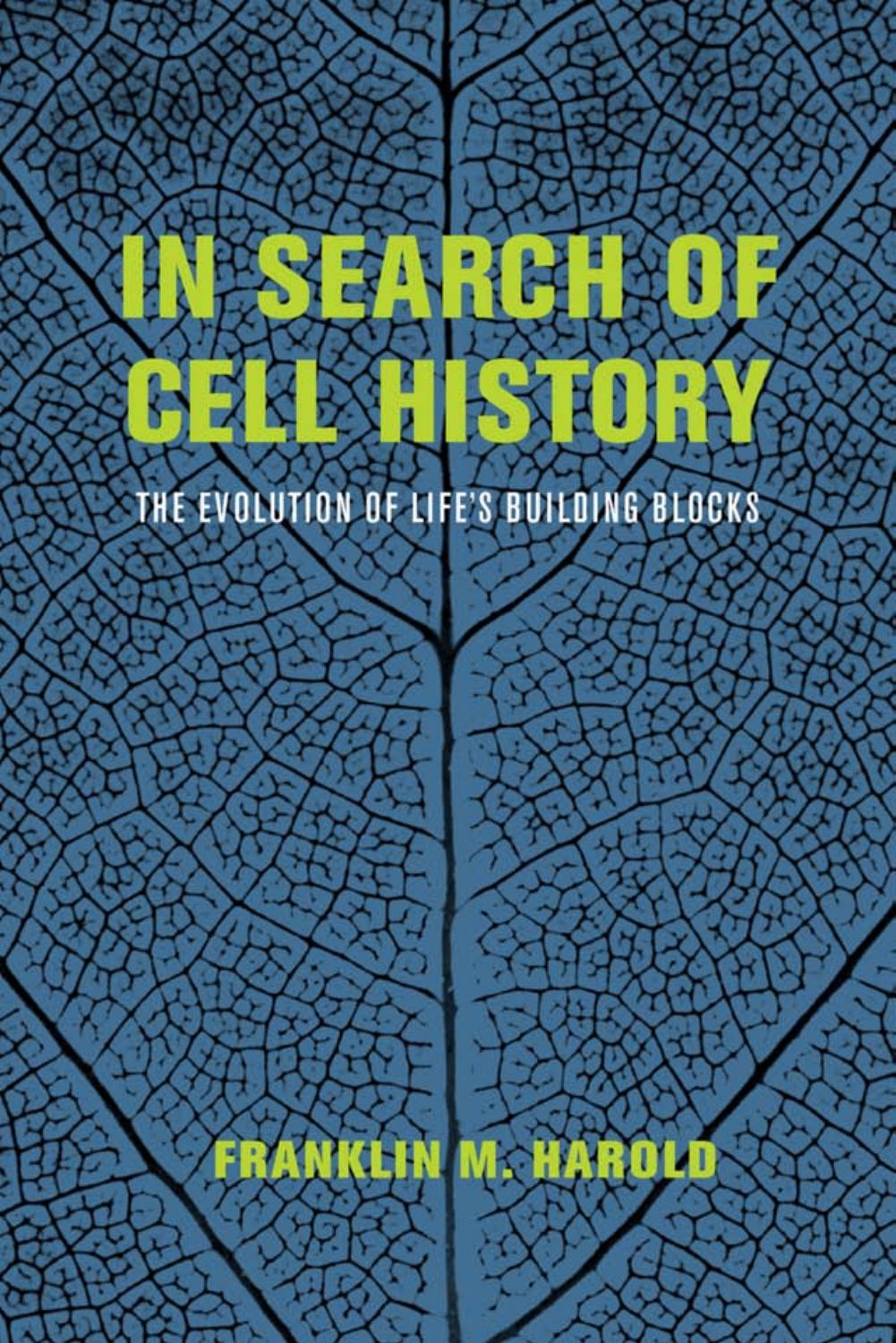In Search of Cell History: The Evolution of Life's Building Blocks by Franklin M. Harold

Author:Franklin M. Harold [Harold, Franklin M.]
Language: eng
Format: epub, azw3, pdf
Publisher: University of Chicago Press
Published: 2014-10-28T21:00:00+00:00
As we burrow deeper into the remote past, fossils thought to represent eukaryotes appear in unfamiliar guises.27 Many fall into the class labeled acritarchs, generally spheroidal microfossils ranging in size from 50 to 300 micrometers. The later ones are often profusely ornamented with spines and projections (fig. 9.3c); earlier ones are likely to be plain and rather nondescript. The nature of acritarchs is uncertain. They are generally held to represent resting cysts, akin to those produced by dinoflagellates today but cannot be assigned to any existing lineage. One putative early eukaryote is Tappania (fig. 9.3d), whose fossils are common in the Roper Group of northern Australia, laid down around 1.5 billion years ago. Specimens are approximately spherical, 20 to 160 micrometers in diameter, with up to 20 long processes placed asymmetrically on one side of its surface; their shapes suggest that Tappania was not a spore or cyst but a growing or germinating structure. Another possible candidate for eukaryotic status is Grypania, found in deposits 1.5 to 2 billion years old from Montana into Canada. These are narrow undifferentiated ribbons, originally cylindrical, up to 13 millimeters long and 2 millimeters wide, that typically curl up into a coil (fig. 9.3e). Eukaryotic or prokaryotic? Size is not a dependable criterion for a number of marine sulfur-oxidizing bacteria grow as large. An outsize example is Thioploca, a genus of large gliding filamentous bacteria which dwell in tubular sheaths up to 15 centimeters long that stick up out of the bottom sediments. Until recently, Grypania could lay claim to being the oldest candidate eukaryote, but now we must take account of the large spherical fossils that Javaux and her colleagues found in far more ancient strata, 3.2 billion years old (see “Whispers from the Beginning,” above).28 How can one tell which, if any, of these enigmatic objects really represent ancient eukaryotes?
One can make a good case, but not a foolproof one. As Knoll and colleagues point out, prokaryotes can be large, they can have projections and processes, and they can have preservable walls; but seldom if ever do they have all three at once.29 Some microfossils identified as protists display hexagonal surface patterns never seen in prokaryotes. Such partitioning of the surface into domains and probably also the construction of large processes call for localized secretion and the application of mechanical force; they imply the participation of both a cytoskeleton and an endomembrane system of eukaryotic dimensions. Tappania and Shuiyousphaeridium are convincingly eukaryotic, Grypania more dubious; and reservations are certainly in order regarding eukaryotes in the Archean.
There is a storyline here about eukaryotic evolution, but it is neither clear nor simple, nor does it mesh smoothly with our present view of the tree of the Eukarya or with molecular genomics (see chapter 7). Judging by the fossil record, the eukaryotic line reaches back between 1.5 and 2 billion years; biomarkers and genomics suggest still greater antiquity. For a billion years or more, eukaryotes of some kind flourished and diversified but without any obvious gain in structural complexity.
Download
In Search of Cell History: The Evolution of Life's Building Blocks by Franklin M. Harold.azw3
In Search of Cell History: The Evolution of Life's Building Blocks by Franklin M. Harold.pdf
This site does not store any files on its server. We only index and link to content provided by other sites. Please contact the content providers to delete copyright contents if any and email us, we'll remove relevant links or contents immediately.
Sapiens: A Brief History of Humankind by Yuval Noah Harari(14221)
Sapiens by Yuval Noah Harari(5281)
Pale Blue Dot by Carl Sagan(4886)
Homo Deus: A Brief History of Tomorrow by Yuval Noah Harari(4801)
Livewired by David Eagleman(3663)
Origin Story: A Big History of Everything by David Christian(3632)
Brief Answers to the Big Questions by Stephen Hawking(3358)
Inferior by Angela Saini(3260)
Origin Story by David Christian(3133)
Signature in the Cell: DNA and the Evidence for Intelligent Design by Stephen C. Meyer(3057)
The Gene: An Intimate History by Siddhartha Mukherjee(3030)
The Evolution of Beauty by Richard O. Prum(2926)
Aliens by Jim Al-Khalili(2776)
How The Mind Works by Steven Pinker(2715)
A Short History of Nearly Everything by Bryson Bill(2616)
Sex at Dawn: The Prehistoric Origins of Modern Sexuality by Ryan Christopher(2472)
From Bacteria to Bach and Back by Daniel C. Dennett(2432)
Endless Forms Most Beautiful by Sean B. Carroll(2415)
Who We Are and How We Got Here by David Reich(2387)
